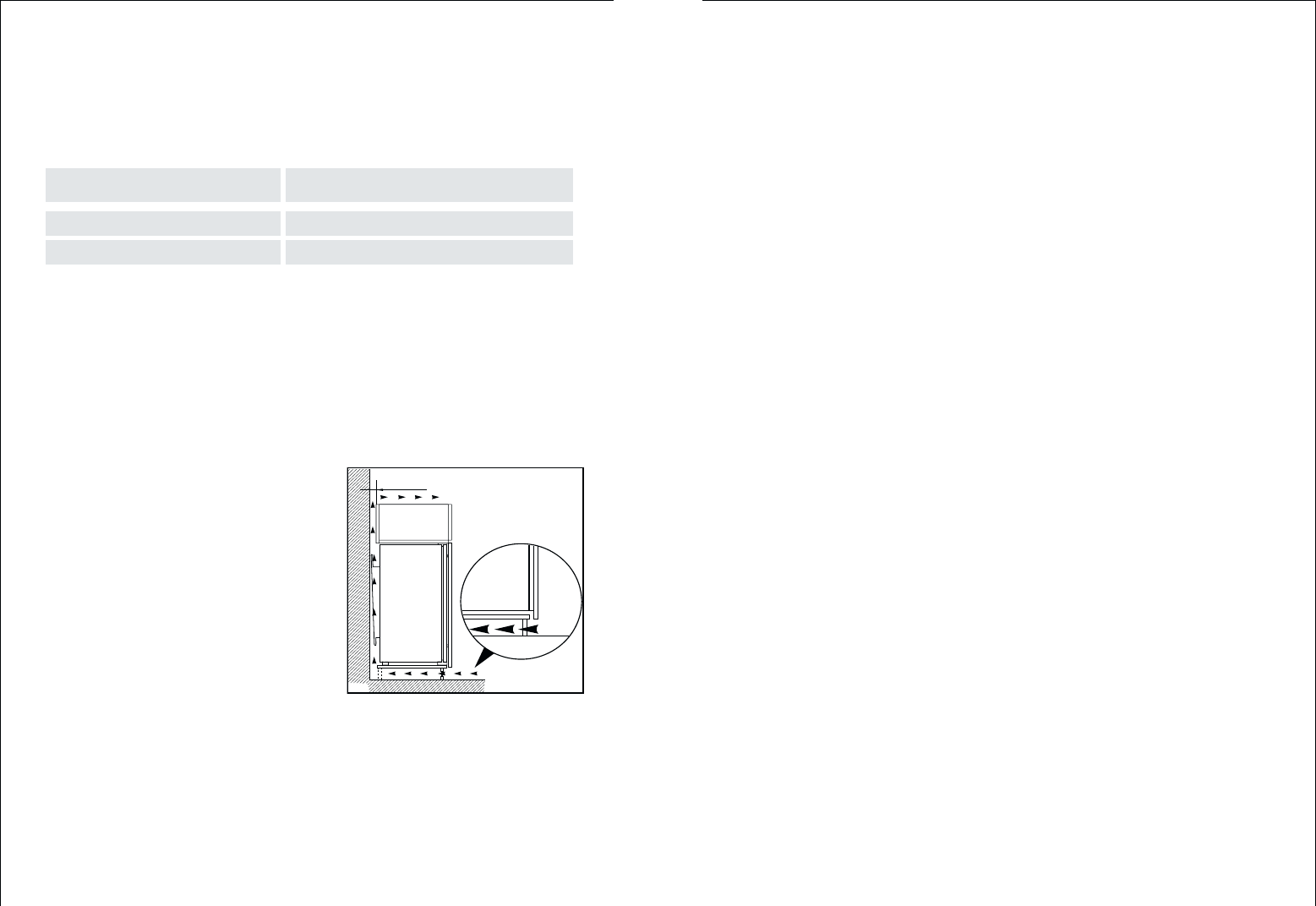
5
Daily Operation
• Do not operate any electrical appliances in the refrigerator/freezer (e.g.
electric ice cream makers, mixers etc.).
• Before cleaning the appliance, always switch off the appliance and
disconnect from the electricity supply.
• When unplugging always pull the plug from the mains socket, do not pull
on the cable.
Service
• Under no circumstances should you attempt to repair the appliance your-
self. Repairs carried out by inexperienced persons may cause injury or
serious malfunctioning. Contact your local AEG Service Force Centre.
Disposal
Appliance Packaging Information
All materials are environmentally sound.
The plastics can be recycled and are identified as follows:
>PE< for polyethylene, e.g. the outer covering and the bags in the interior.
>PS< for polystyrene foam, e.g. the pads, which are all free of chlorofluo-
rocarbon.
The carton parts are made from recycled paper and should be disposed of
at a waste-paper recycling collection location.
20
Housing Dimensions
Height 1780 mm
Depth 550 mm
Width 560 mm
Positioning
This appliance should only be installed at a location where the ambient
temperature corresponds to the climate classification indicated on the rat-
ing plate, which is located on the inside left of the appliance.
The following table shows which ambient temperature is correct for each
climate classification.
Climate classification for an ambient temperature of
SN +10 to +32 °C
N +16 to +32 °C
Your Appliance Needs Air
For safety reasons, minimum ventila-
tion must be as shown Fig.
Attention: keep ventilation openings
clear of obstruction;
50 mm
min.
200 cm
2
200 cm
2
min.
D567
The appliance should be located in a dry atmosphere, out of direct sunlight
and away from continuous heat and extreme temperature, e.g. not next to
a boiler or radiator, or in a very cold room e.g. an outhouse. If these tem-
peratures are exceeded i.e. warmer or colder, then the appliance may not
operate correctly.
For building-in and door reversal instructions please refer to the relevant
instructions.














